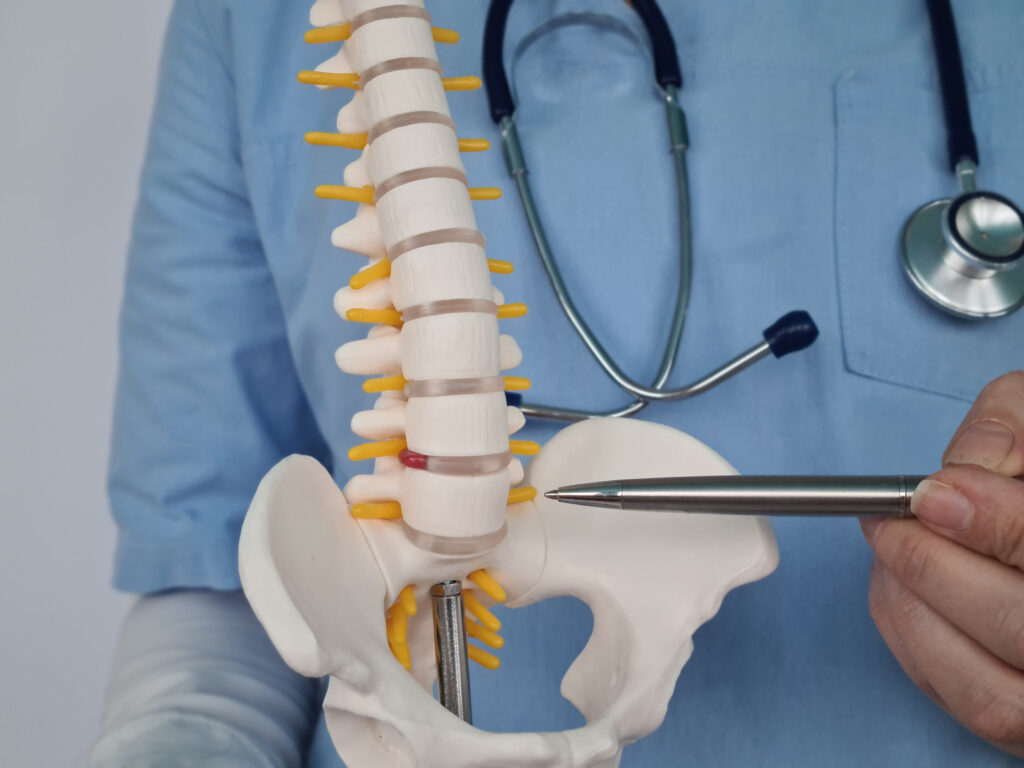The Promising Potential of Mesenchymal Stem Cells in Regenerative Medicine
A limited number of tissues in the human body possess the remarkable ability to regenerate spontaneously following injury. Even among those tissues, only a select few can restore themselves to a state that is comparable to mature, healthy adult tissue. Within this intriguing field of study lies the focus on mesenchymal stem cells (MSCs), a unique type of stem cell that has garnered considerable attention for its regenerative potential.
The journey of understanding MSCs began in the 1960s and 1970s when researchers like Friedenstein et al. first identified a small population of bone marrow cells with osteogenic potential and the ability to differentiate into chondrocytes. In 1991, Arnold Caplan coined the term “mesenchymal cells” to describe these versatile cells, recognizing them as potential precursors to various tissues, including bone, cartilage, tendon, ligament, marrow stroma, adipocytes, dermis, muscle, and connective tissues.
MSCs can be derived from various sources, including the periosteum, fat, and muscle, making them widely accessible for research and therapeutic applications. One of the most attractive properties of MSCs is their immunoregulatory and regenerative capabilities, which stem from their interactions with the microenvironment and components of the innate immune system. This unique crosstalk not only supports tissue repair but also positions MSCs as promising candidates for a range of therapeutic purposes.
In sports medicine, MSCs hold immense potential for enhancing muscle recovery and treating various injuries, such as meniscal tears and tendon and ligament injuries. The ability of MSCs to promote healing and regeneration is particularly valuable for athletes seeking to return to peak performance after injury.
Moreover, MSCs show promise in addressing joint diseases, particularly through chondrogenesis—the process of cartilage formation. Their regenerative properties may help reverse the effects of osteoarthritis, a degenerative joint condition affecting millions worldwide. Additionally, MSCs have demonstrated potential in the treatment of degenerative disc disease, impacting the cervical, thoracic, and lumbar spine.
The authors of this enlightening study, including Justin Trapana, Jonathan Weinerman, Danny Lee, Anil Sedani, David Constantinescu, Thomas M Best, Francis J Hornicek Jr, and Joshua M Hare, are affiliated with the Department of Orthopaedics and the Interdisciplinary Stem Cell Institute at the University of Miami Miller School of Medicine. Their collaborative efforts underscore the importance of ongoing research in the field of regenerative medicine.
In conclusion, the exploration of mesenchymal stem cells represents a frontier in medical science, offering hope for innovative treatments in sports medicine, joint disease, and degenerative conditions. The potential for MSCs to regenerate and repair tissues not only enhances our understanding of human biology but also paves the way for groundbreaking therapeutic strategies that could transform patient care in the years to come. As research in this field continues to advance, we can look forward to a future where regenerative medicine becomes a cornerstone of treatment for various ailments.


